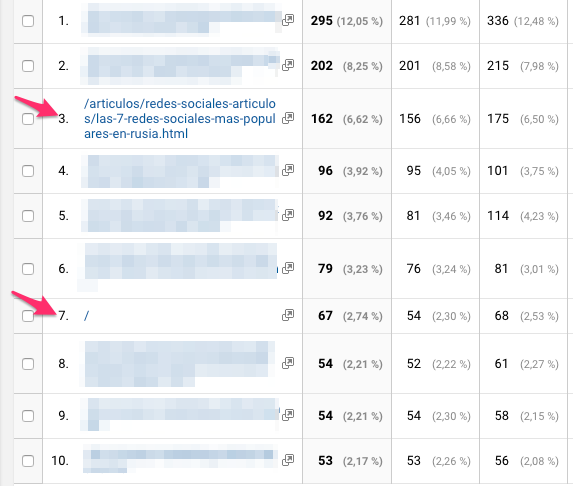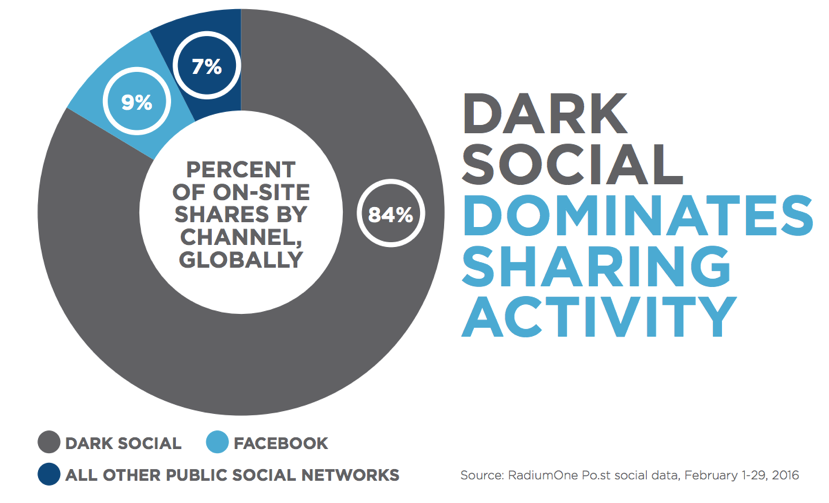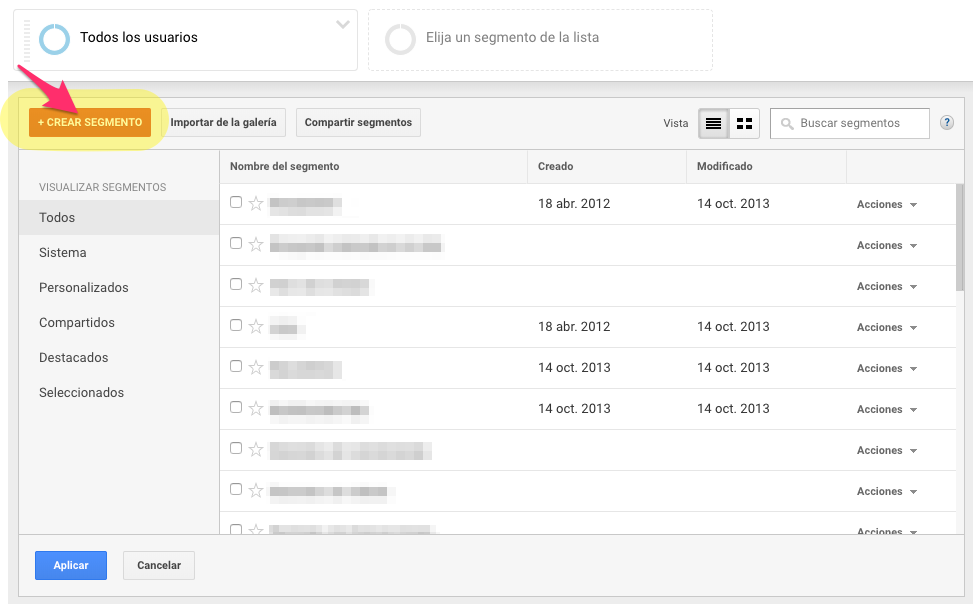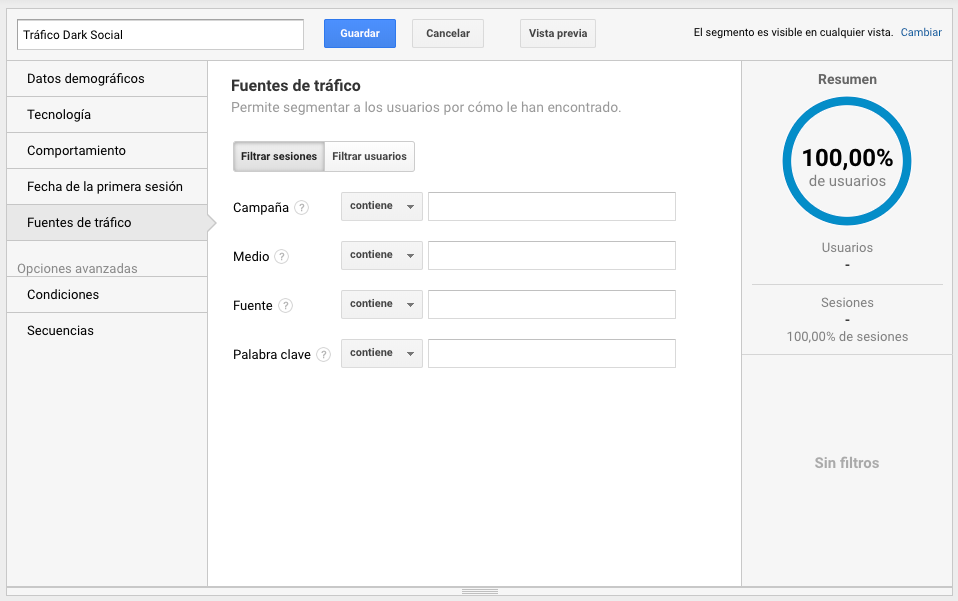Written by Anastasia Kurmakaeva
The call Dark Social (which literally translated from English means Dark Social) is a type of traffic, the origin of which we cannot know with certaintybecause it is usually a question of visits to our website from instant messaging applications, chat clients, e-mails, private messages on social networks, and other channels of a similar nature.as well as portals with the HTTPS secure protocol. Web traffic measurement systems usually record it as direct traffic. And what is direct traffic? Visitors who come to our website without a referral that could have been identified, since in the case of traffic dark social it is very difficult to actually find out from where these URLs are referenced or linked to, since these are links that are usually not crawlableThe absence of metadata that normally accompanies them in other circumstances.
We are all participants in the social dark in our daily lives, and have been for many years, although we probably didn’t even realize it until now. We share content with our friends and loved ones via WhatsApp, Telegram, Twitter or Instagram direct messages, on Snapchat, or even via email when we cannot access a more immediate means of communicating (for example, when we are at work). Each of these cases, and many others, constitute the traffic that Alexis C. Madrigal, editor at The Atlantic, coined as dark social in one of his articles back in 2012.
Have you ever shared a link to an article published on the Internet that you found interesting via email or WhatsApp with a friend? I’m sure you are, and therefore, you are also part of Dark Social.
According to data from RadiumOne’s 2016 study, dark social traffic comprises no less than 84% of visits obtained through social sharing channels globally.
If we go back to the same study conducted in 2014, the percentage was 69%, which tells us that this type of traffic is on the rise, and it is likely that today, two years later, the percentage is even higher.
Although dark social traffic comes predominantly – but not only – from mobile devices, this only confirms that we can’t ignore it any longer, and it’s time to start leveraging its potential in our marketing strategies to connect with our target audience.
Although it is very difficult, or rather impossible, to measure the totality of traffic considered dark social, there are some tricks we can use to identify some of it.
utm parameters
Start by adding utm parameters to your website’s share buttons. For example:
- &utm_source=sharebutton&utm_channel=facebook
- &utm_source=sharebutton&utm_channel=twitter
- &utm_source=sharebutton&utm_channel=gplus
- &utm_source=sharebutton&utm_channel=pinterest
- &utm_source=sharebutton&utm_channel=whatsapp
- &utm_source=sharebutton&utm_channel=linkedin
- &utm_source=sharebutton&utm_channel=telegram
- &utm_source=sharebutton&utm_channel=snapchat
- etc.
Although far from covering all the visits we may receive through dark social, it is a good start to identify some of them. This is especially important in the case of instant and private messaging applications, because the shares made through a tweet or Facebook wall post can be measured with the most common analytics platforms.
If we have not yet activated these buttons, it is the ideal time to incorporate them and make them visible so that users will be more likely to use them instead of copying and pasting a link from the navigation bar. In this way, we will also improve the user experience, as we will provide them with an easy and fast way to share content from our website, directly through the application of their choice.
In Google Analytics
When we filter by direct traffic segment in Google Analytics, we find:
- On the one hand, with short and easy-to-remember URLs, such as the home page or a category or second-level page. Such as: https://www.humanlevel.com/ or https://www.humanlevel.com/sem.html.
- And on the other hand, with long URLs usually belonging to blog content or others. For example: https://www.humanlevel.com/articulos/redes-sociales-articulos/las-7-redes-sociales-mas-populares-en-rusia.html.
What is happening? In the case of the first example, a user could have remembered and typed that address into the browser bar without much difficulty. In the second example, however, he is unlikely to have learned it by heart, so that 1) you have saved it in your favorites to access it later, or 2) you have come to the post via a direct link shared from a channel that we identify as a source of dark social.

If we want to be more rigorous in measuring traffic, we can create a custom segment, in which we will include visits to URLs with parameters, and direct visits to URLs that are less likely to be entered manually in the browser bar. To do this, we just need to go to the Analytics segments section and click on + Create Segment:
There we will define the segmentation characteristics that we consider appropriate for users and/or sessions, by traffic sources – in this specific case we are interested in direct traffic –conditions, behavior, etc. We can even exclude URLs from our site that are easier to remember, for example. The important thing is to find the keys that will work best to extract the traffic we are interested in in the most precise way.
We emphasize that this does not give us more than one approximation of dark social traffic we receive. There is currently no 100% accurate method to measure it, so we will have to act on the basis of the little data we have and the indicators that make us sense the importance of this type of visits for our business or website.
In short…
Considering that the use of mobile devices to surf the Internet continues to grow very strongly among all sectors of the population, it is more than likely that Dark Social will also grow more and more. For this reason, it is time to study how we can take advantage of all its benefits and apply them in practice.




